How to Arrange Plants in Landscape Design
3-5 Plants Cluster Techniques
In landscape design, arranging plants effectively can transform a space, creating balance, texture, and aesthetic appeal. A well-thought-out planting plan enhances the natural environment, supports biodiversity, and adds character to your landscape architecture project. One popular and visually appealing approach is using the 3-5 plants cluster concept. This guide will walk you through how to arrange plants using this technique, including various cluster formations like the 3-point triangle, 3:2 arrangement, and the 4:1 grouping.
Why Clustering Plants is Essential in Landscape Design
In landscape architecture, plant arrangement goes beyond aesthetics—it impacts the overall health and functionality of your outdoor space. Clustering plants, especially in odd numbers like 3 or 5, creates a natural, flowing appearance that feels harmonious. Here are three effective ways to organize plant clusters in your next planting plan.
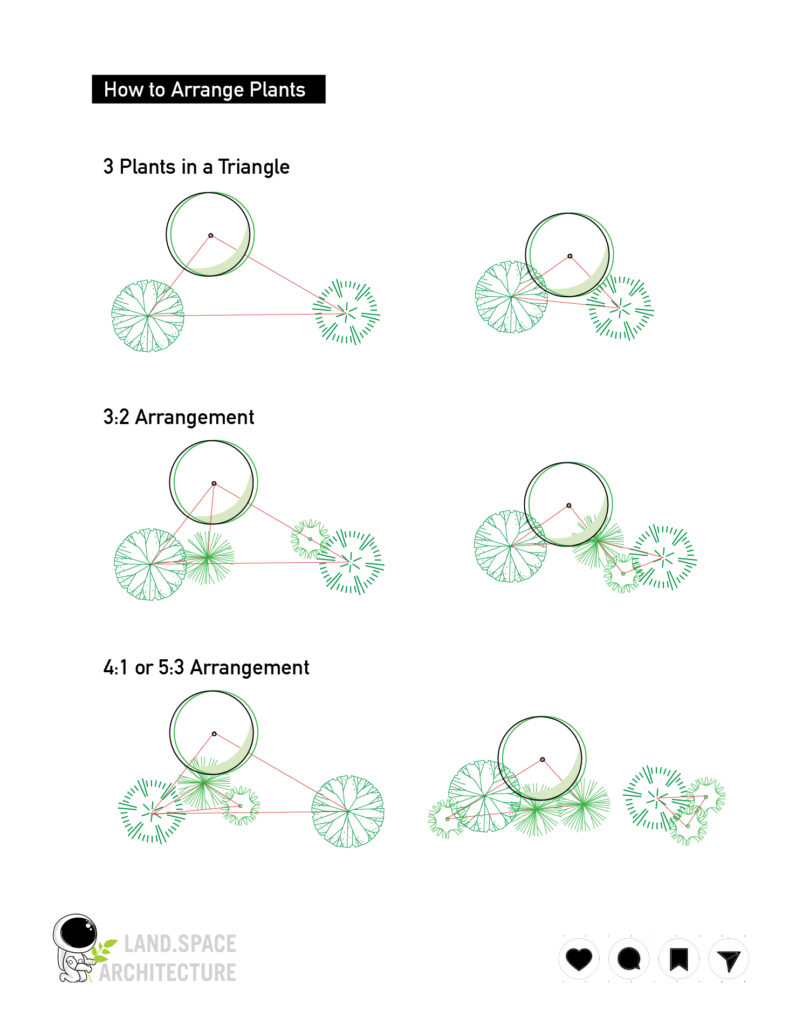
1. The 3-Point Triangle Plant Cluster
The 3-point triangle is one of the simplest and most effective arrangements in landscape design. This technique involves planting three plants at the three points of an imaginary triangle. The plants are usually of similar size or complement each other in terms of height and texture, which creates a balanced and dynamic visual structure. The triangular placement allows the plants to create a cohesive unit while maintaining individual prominence.
Benefits of the 3-Point Triangle:
- Visual Harmony: The triangle layout draws the eye naturally, promoting symmetry and structure in the planting plan.
- Space Efficiency: This arrangement fits well in smaller spaces, ensuring maximum impact without overcrowding.
- Versatility: Works with a variety of plant types, from flowering perennials to shrubs and grasses.
2. The 3:2 Arrangement
The 3:2 arrangement introduces variety by adding depth and contrast to your landscape architecture design. Begin with a 3-point triangle cluster, then place two additional plants on the opposite side of the triangle. These two plants should either contrast or complement the initial cluster in color, texture, or height, adding a layer of visual interest.
Benefits of the 3:2 Arrangement:
- Enhanced Depth: The 3:2 pattern gives your planting bed more dimension, making the space feel larger and more dynamic.
- Design Flexibility: Use this arrangement in various garden styles, from modern to cottage landscapes.
- Plant Diversity: You can mix plant species, creating a more ecologically diverse and resilient garden.
3. The 4:1 Arrangement
For a bold and structured look, try the 4:1 arrangement. In this technique, four plants are grouped closely together, with a single plant set apart. The 4:1 arrangement is ideal for creating focal points in your landscape or drawing attention to a specific plant species. Use this strategy to highlight a standout shrub, ornamental grass, or a tall flowering perennial.
Benefits of the 4:1 Arrangement:
- Focal Point Creation: The separated plant acts as a focal point, drawing attention and emphasizing the plant’s unique characteristics.
- Cohesion and Contrast: The group of four offers a sense of unity, while the single plant adds contrast and visual intrigue.
- Ideal for Feature Plants: Works well with larger or more visually striking plants, such as ornamental trees or statement shrubs.
How to Apply These Plant Clusters in Your Planting Plan
Incorporating the 3-5 plants cluster concept into your planting plan is simple yet effective. When mapping out your design:
- Start with the 3-point triangle to create a foundation.
- Add additional plants using the 3:2 or 4:1 arrangement for variety and depth.
- Consider plant height, texture, and seasonal changes to ensure year-round interest.
Key Tips for Successful Plant Arrangement:
- Plant Compatibility: Ensure that the plants you choose have similar water, soil, and sunlight requirements.
- Layering: Arrange plants with varying heights for a layered look, placing taller plants at the back and shorter ones in the front.
- Repetition: Repeating plant clusters throughout the garden creates rhythm and continuity.
Conclusion
Mastering the art of plant clustering can take your landscape design to the next level. Whether you’re using the 3-point triangle, 3:2 arrangement, or the 4:1 grouping, these techniques provide a framework for creating a balanced, attractive, and functional planting plan. By following these methods, you’ll be well on your way to designing landscapes that are both visually stunning and ecologically sound.
Ideas of site plan and planting plan
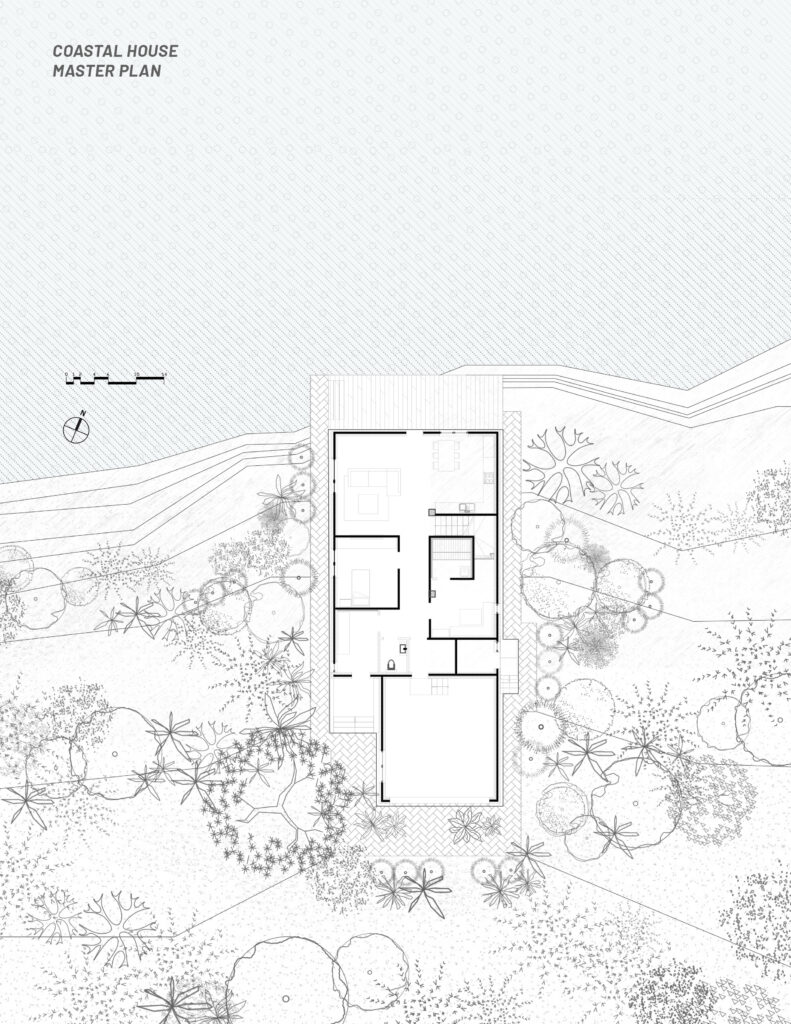
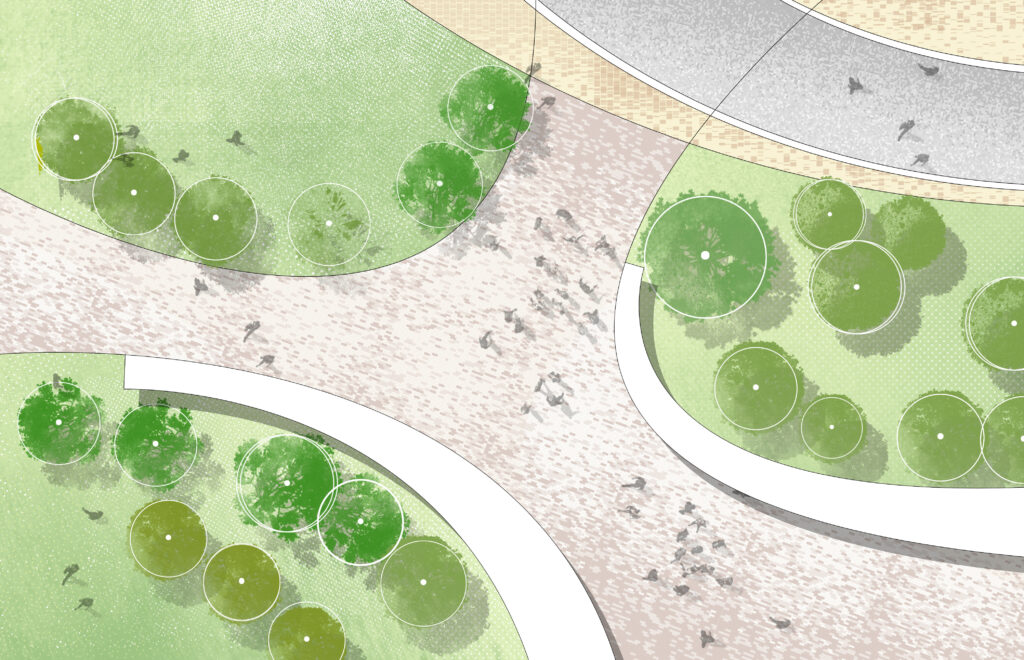
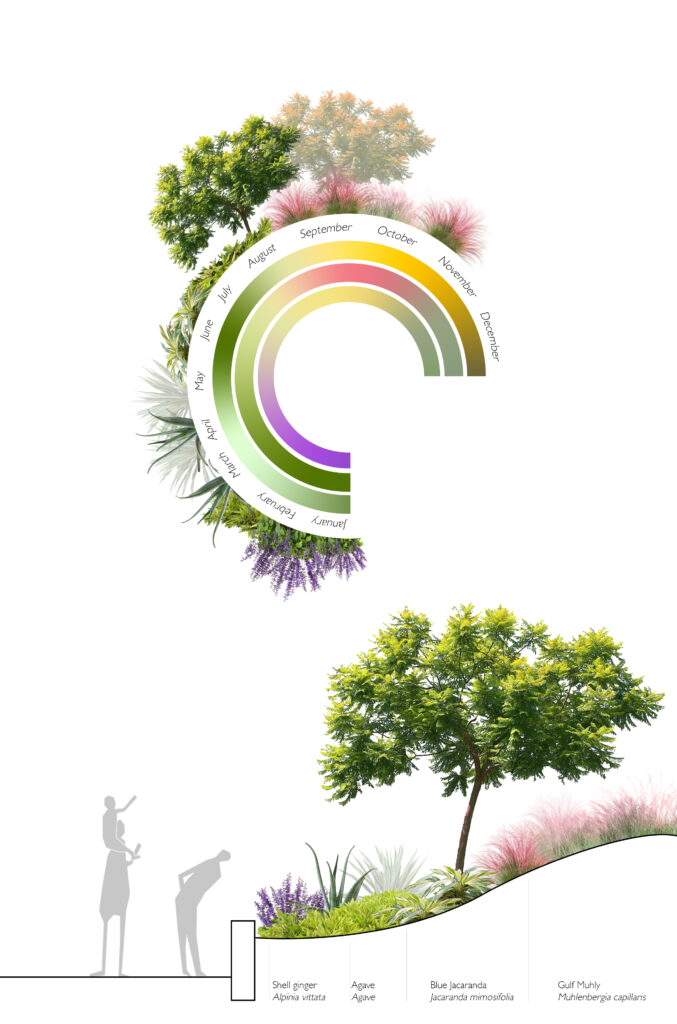


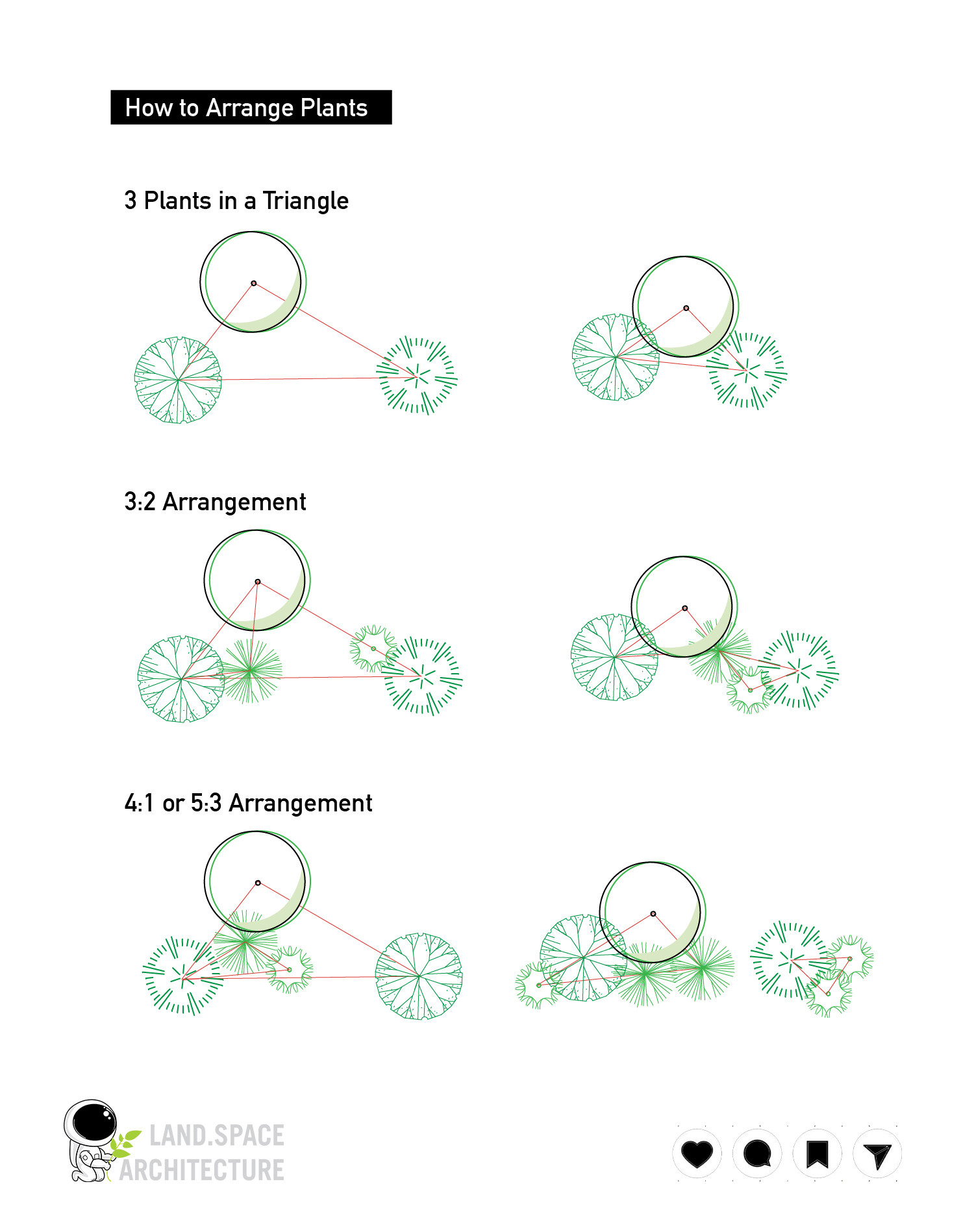
Leave a Reply